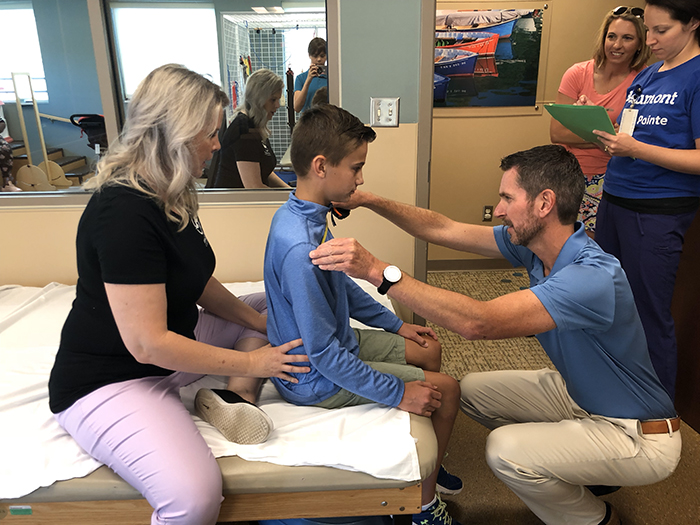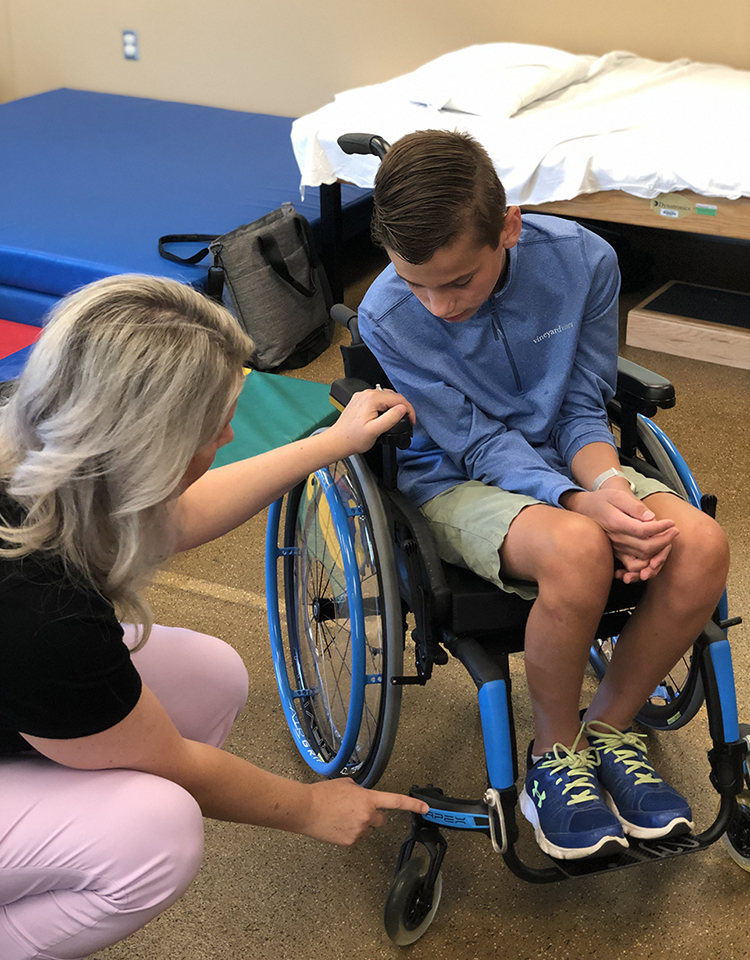Usually, discussions can begin with the physician and therapist to determine the need for a wheelchair. This initial conversation, when done with a specialist, can set the tone for the entire process. Understanding the wheelchair prescription process and timelines can help mitigate some of the stress associated with this enigmatic process.
History and Goal Setting
Consider your history, needs, and goals. Think about the activities you currently use your chair for and the activities a new chair could open up for you. Reflect on the different environments and obstacles you encounter on a daily basis. You might be tempted to think about funding, but don’t let that dictate the goals you want to achieve with your wheelchair. The funding information will come soon enough.
If you are currently using a wheelchair or other assistive device, document what does and does not work well for you. This will help ensure that the features and components that best fit your lifestyle goals are selected for the new chair.
Research What is New and Available
Now for the fun part : research. If it has been five or more years since your last new wheelchair, then there are likely many new things to see and trial. Technological advancements are allowing the wheelchair industry to provide more light weight, high performance offerings to the mainstream user. You have more choices now than ever when it comes to options, mobility bases, and materials. The more information you have going into your evaluation, the better prepared you will be to discuss what will help you meet your mobility goals. Remember, try not to get too bogged down with funding concerns. It is better to ask for too much than to miss out on something because you never asked.

Funding
Know your funding options. It is your responsibility to understand your coverage whether you plan to use a government program, private insurance, workers compensation, veterans’ benefits, or cash. Take the time to familiarize yourself with documents regarding your benefits and eligibility. Shockingly enough, the criteria for a manual wheelchair and an ultralightweight manual wheelchair vary greatly. Just because you qualified for and received an ultralight weight wheelchair in the past, does not mean you automatically qualify for one now. The burden is on you and the clinician to prove that you still meet the criteria at the time of the request.
It is important to know what you can and cannot do under your funding source. Some funding sources prohibit the client from paying out of pocket for upgrades. This is an important feature of your coverage that you will need to know. Many high performance components may not be covered by the funding source, but if you are eligible to pay out of pocket, then you can pay the difference. Being knowledgeable about your coverage at this level will prevent incorrect assumptions from limiting your selection process.
Also, keep in mind, you always reserve the right to sidestep your funding program and purchase your chair outright. Many people are able to acquire their chairs through savings, gifts, charities, crowd funding, and traditional fundraisers.
Assembling Your Team
Your team is incredibly important to the success of your wheelchair procurement process. Having everyone understand your goals and priorities will help it go more smoothly. Your team will include your physician, therapist, supplier, and caregiver or family member. A sales representative may also provide demo chairs for you to trial at the appointment.
More than likely, your physician will either point you to a seating clinic or refer you to a therapist who can perform the evaluation. Understand that your insurance/funding source may dictate the supplier you use. Best practice is to meet with both the therapist and supplier so all parties can collaborate to best meet your mobility and equipment goals.
When working with multiple parties, it may take a bit longer to set up the initial evaluation appointment, but the collaboration will be well worth the wait. The wait for an appointment may also be affected by your location and funding source. Rest assured, by following these simple steps, you will be informed, empowered, and ready to get the perfect chair when your appointment comes.
Make sure to read Part II of our Preparing for your wheelchair evaluation series.
If you are interested in an ultralight, high performance, folding or rigid wheelchair that maximizes efficiency and style, be sure to ask your therapist about the Motion Composites wheelchair line. If you are going through your very first evaluation but aren’t sure where to begin, use our online tool to confidently start the process.








